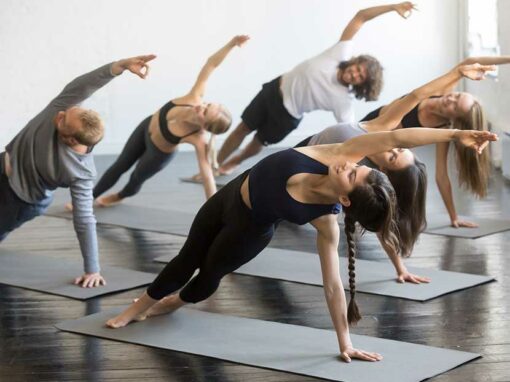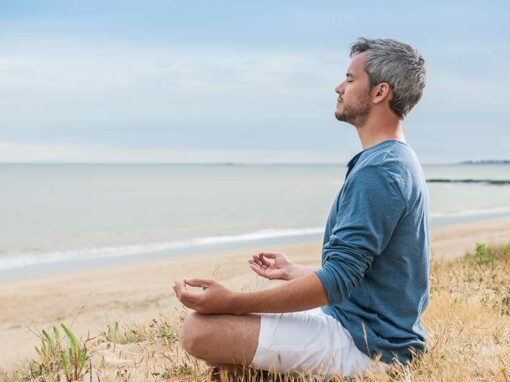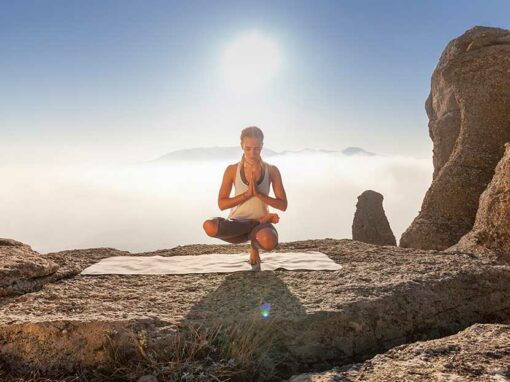The Sanskrit word Kundalini can be translated as “coiled female serpent”.
The serpent is our energy that coils at the base of our spine and represents the feminine part of God.
The divine in ourselves has both a masculine and feminine side. Adi Shakti is the feminine power that embraces ananda (bliss), chit (pure awareness), and Prema (love).
Kundalini shakti is the very energy of consciousness, which, when aroused, brings higher states of awareness, including samadhi.
Kundalini yoga includes a variety of techniques used to awaken and move energy up through the chakras using different asanas, pranayamas, mantras, and mudras.
It might seem like a distant cousin of Hatha Yoga because the emphasis is less on the asanas.
Why is this power resting?
According to tantric philosophy, the entire universe is a manifestation of pure consciousness.
In manifesting the universe, pure consciousness seems to become divided into two poles or aspects, neither of which can exist without the other. The disunion of these two poles makes the power dormant.

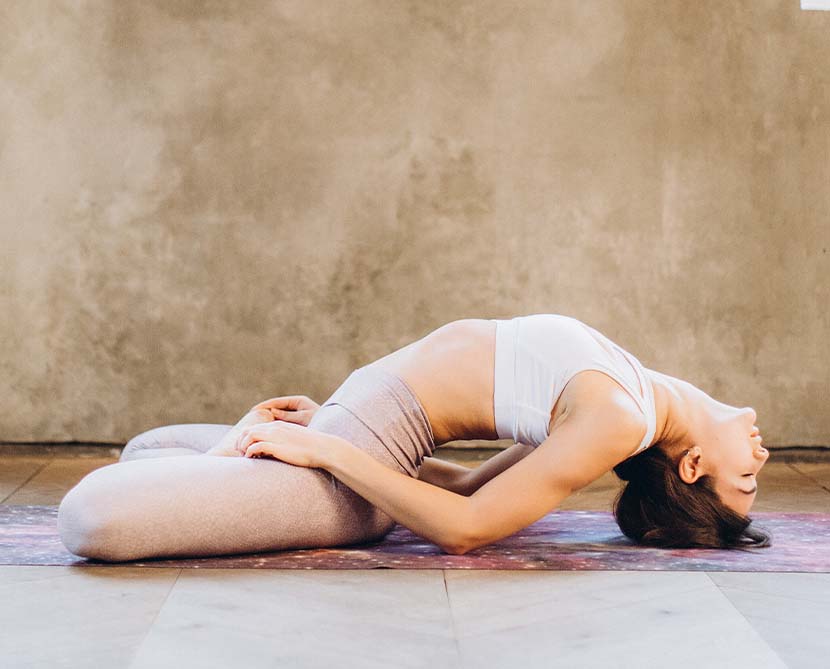
Shiva and Shakti
One of these poles has a static quality and remains identified with unmanifested consciousness. This quality is called shiva and is conceptualized as masculine.
Shiva has the power to be but not the power to become or act. He is the power holder but has no energy in his own right.
The other pole is a dynamic, energetic, and creative aspect called shakti—personified as Shakti, the great mother of the universe.
From her, all forms are born. Shakti is the subtlest of created things. She manifests herself as the entire universe: matter, life, and mind.
Shakti is a projection of pure consciousness that veils consciousness with the innumerable illusory manifestations (maya) that she brings forth. This is what we call the universe.
These two principles—shiva and shakti—are united, but in the world, we know an illusion of separation is created between pure consciousness and its manifestations. This leads to confusion and misinterpretation of our world or mistaking the unreal for real.
According to tantra, the human being is a miniature universe. All that is found in the cosmos can be found within each individual, and the same principles that apply to the universe apply to the individual being.
In human beings, the surplus of energy that is not being used to maintain the organism’s functioning is also symbolically described as a coiled serpent.
This potential energy is said to rest at the base of the spinal cord, at the Muladhara (root support) chakra, where it is called kundalini. This kundalini is the static support of the entire body and its pranic forces.
Individuals who have controlled access to the unconscious experience have abundant energy, insight, and creativity.
The transformation of the power of shakti into an active form is called the awakening of kundalini.
Kundalini yoga involves awakening this kundalini shakti and systematically leading her through each of the chakras to the Sahasrara chakra. When shakti travels up to the top, energizing each center along the way, one becomes fully awakened.
This yoga, or union, can be understood as the uniting of kundalini shakti with Shiva (pure consciousness). This union is the goal of the yogi.
Yoga has several methods to awaken the sleeping force. Kundalini and tantra yoga are the most misunderstood of all yoga practices.
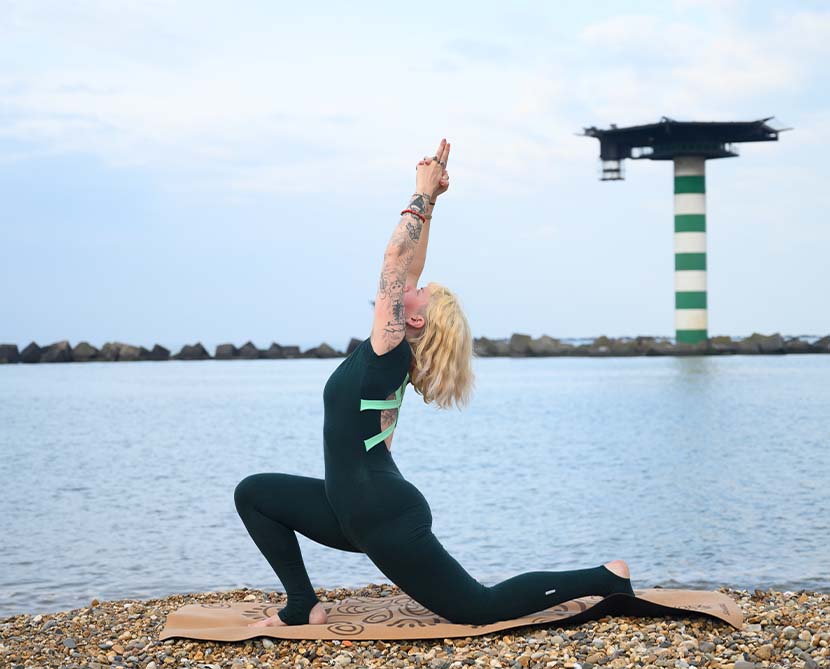
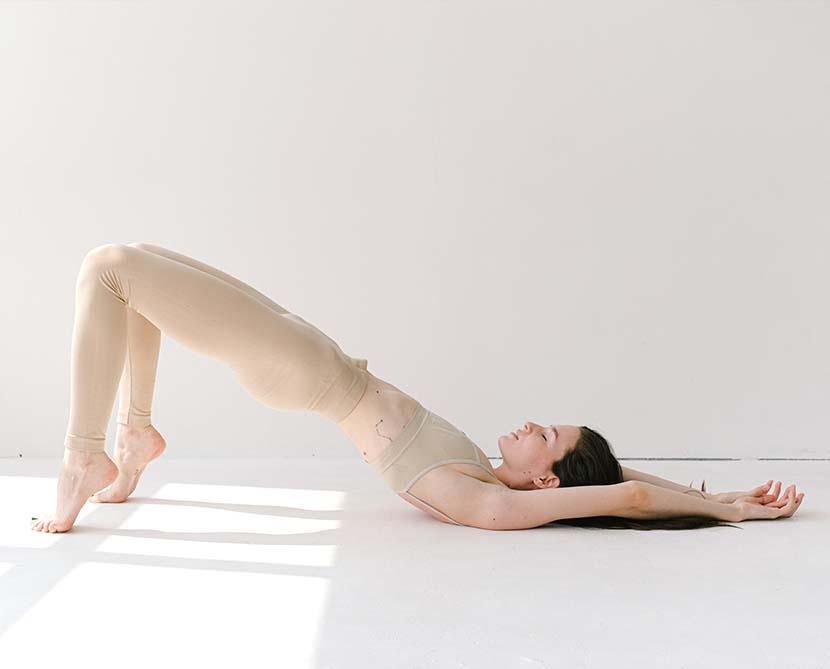
These sacred, systematic, and advanced methods for attaining transcendent consciousness have been distorted.
In the distorted versions of these types of yoga, we often hear about rough breathing exercises and unfounded claims by teachers that they directly arouse this energy in students through their mere touch or presence.
To genuinely awaken kundalini, preparation is needed. Without long, patient practice in purifying ourselves and strengthening our capacity to assimilate such a flood of energy, the awakening of this power would disturb and confuse us.
If, through careful training, we have come to recognize and master our unconscious demons, only then are we prepared to face the full awakening of what is latent within us.
It is thought that shakti contains not only latent energy but also latent memories.
The teacher who represents an authentic tradition that teaches methods to awaken kundalini will never fully reveal these to an unprepared student but will do his best to prepare the student.
Preparation for awakening kundalini is more important than awakening kundalini.
Methods of preparing to awaken kundalini
Physical techniques
The body needs to be prepared to tolerate the rising of energy.
The sequences of physical postures, chanting, and special breathing techniques are called Kriyas and help the spiritual energy in the base of the spine rise and create an energetic alignment.
A typical Kundalini yoga class begins with a warm-up or a tuning-in, followed by breathing exercises, Sanskrit chanting, and physical Asanas (poses) that get the energy flowing up and through the chakras.
Chanting
A common way to tune in and begin a Kundalini practice is by chanting the Sanskrit phrase, “Ong Namo Guru Dev Namo,” which means, “I bow to the creative wisdom, I bow to the divine teacher within.”
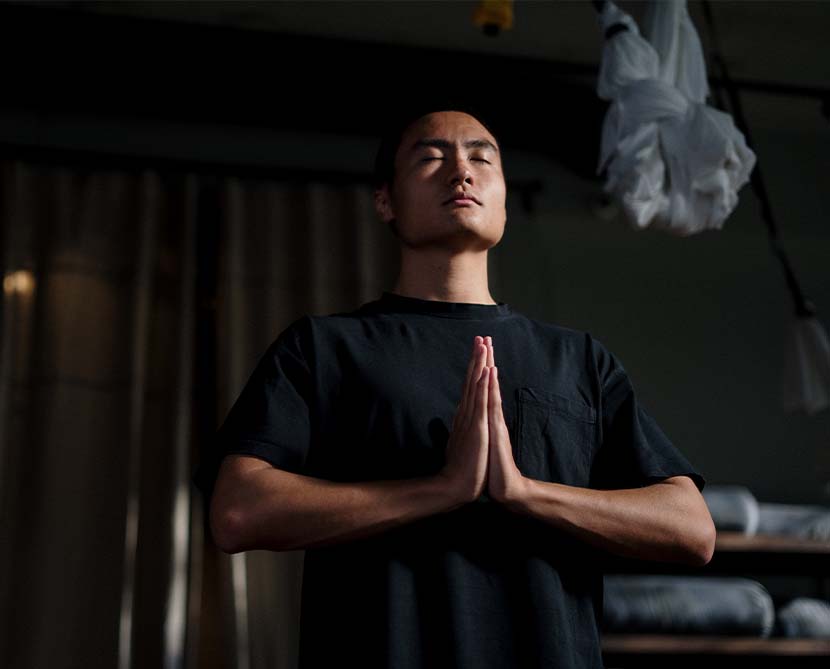

Pranayama
In Sanskrit, called Agni Pran and closely related to Kapalbhati, the Breath of Fire is a powerful and detoxifying pranayama technique that heats the body, cleanses the lungs and sinuses, and helps the body to heal and build strength.
Breath of Fire uses your diaphragm like a bellows for a fireplace; you’re pumping new breath rapidly in and out of your lungs in a steady rhythm similar to a dog panting.
The rapid movement of oxygen stimulates your body, mind, and spirit.
It is essential to have a strong pranayama practice before incorporating this breathing technique into your yoga practice.
Because the method uses the stomach muscles to push into the diaphragm sharply, it’s also important to be in good physical condition while practicing this technique.
If you have cardiac problems or high blood pressure, any spinal disorders, have a respiratory infection, or vertigo, you should NOT practice Breath of Fire. For women specifically, if you’re pregnant, don’t do Breath of Fire.
Sit in place with a straight spine, and start panting like a dog. When you inhale, your belly expands—your belly contracts back with a short and quick rhythm when you exhale.
The inhale is passive, and the exhale is powerful.
Asanas
Ego Eradicator
• This exercise can be done in Easy Pose or Rock Pose.
• Raise the arms to a 60-degree angle.
• Keep the elbows straight and the shoulders down.
• Reach the thumbs up as if you are plugging them into the sky.
• Fold the fingers onto the mounds at the fingers’ base, stretch the palms wide, and pull the knuckles back.
• Focus your eyes up to the third Eye Chakra and begin your Breath of Fire.
Seated Cat-Cow Pose
• In Easy Seated Pose, grasp your knees or front ankle with both hands.
• Bring awareness to your heart’s center.
• Keeping your eyes closed, inhale as you lift your gaze, pull your heart forward for Cow Pose, and exhale as you round your spine for Cat Pose.
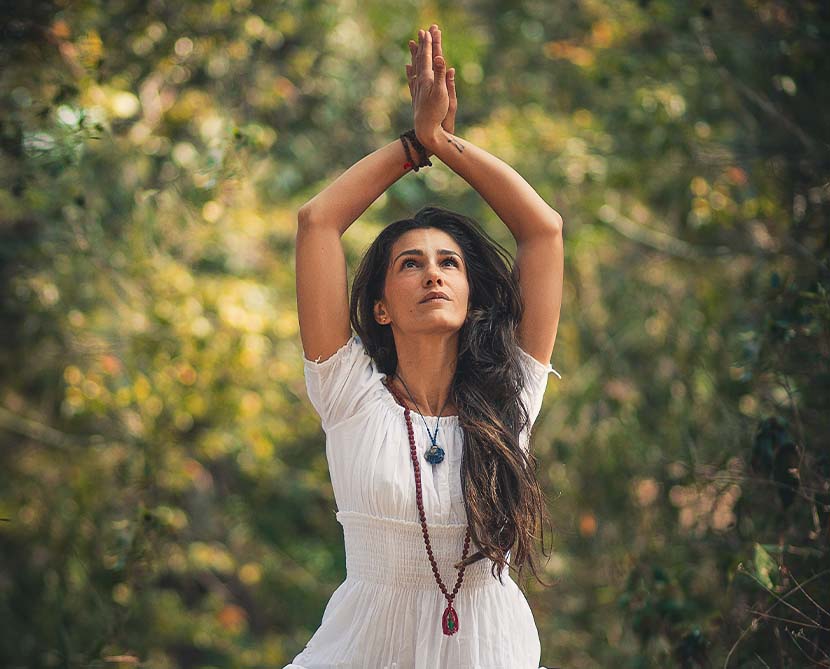

Thoracic spine movements
• In Easy Pose, rest your hands on your knees.
• Circle the spine counterclockwise, churning and grinding your thoracic spine and abdomen.
• Inhale as you circle forwards and exhale as you circle back.
• Halfway through, switch directions.
Shoulders twist
• Place your left fingertips on the left shoulder and the same with your right side.
• Keeping your elbows in line with your shoulders and parallel to the ground, begin twisting left and right.
• Inhale left and exhale right.
• Vibrate the mantra Sat Nam (I am truth) in your head as you twist (Sat left, Nam right),
• Allow your head to follow the movements of your spine.
Frogs
• Stand on your toes with feet out at 45 degrees, heels touching and knees bent deeply out to the side, hands resting on the floor.
• On your inhale, straighten the knees, take the hips up to the sky, keep your head low, and hands resting on the floor and heels touching.
• Bend back to the starting position, lifting your head and dropping your hips as you exhale.
• Continue rapidly with powerful breathing.
• To finish, come up to stand with feet flat on the floor and take five long deep breaths through your nose. Feel the energy charging up your legs and into your higher chakras.
Archer pose
• Begin in Mountain Pose (Tadasana).
• Step back with your left foot, ensuring that both feet are flat on the floor.
• Make a fist with both hands in front and press your palms together.
• Keeping your elbow high, pull back your left arm (like you’re pulling back a bow), keeping your left shoulder and elbow high.
• Focus your eyes on your right thumb out in front of you.
• Ground down through the legs and feel strong and bold like a warrior.
• Try it with both long deep breathing and Breath of Fire.
• Switch sides.

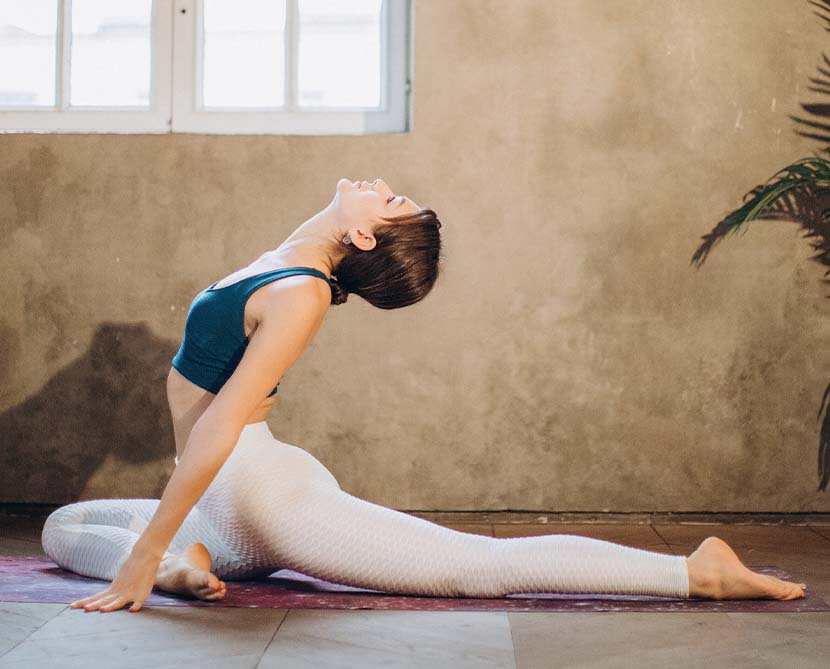
Concentration and meditation
Kundalini can also be awakened by intense concentration and meditation on specific sensory nerves, such as the tip of the nose or tongue root, and particular chakras.
Meditation on a chakra along with the repetition of a particular mantra and, in some cases, a visualization (yantra) can awaken energy and bring it to that center.
Tantra
The union of Shakti and Shiva is cultivated in tantra yoga. In the purest form of tantra (Samaya), Shakti is worshiped through meditation and mantra so that the aspirant comes into a direct, conscious relationship with the personified forms of Shiva and Shakti within himself and unites them.
A student who practices systematic yoga under an awakened master is guided toward his goal through a series of initiations.
The first initiation is imparting a bija mantra, a “seed” sound to concentrate on, representing aspects of this vital force. Mantra meditation is practiced in conjunction with many mental and physical practices to purify and prepare for further steps.
The successful student is guided through more intricate forms of meditation to help him become sensitive to and channel the forces within.
Signs of awakening
There are clear and unmistakable signs when kundalini awakens. Initially, there may be involuntary jerks of the body, shaking, and an intense feeling of pleasure.
One of the first and most common occurrences is the experience of heat as energy passes through a particular center.
Meditation is said to culminate in the union of Shiva and shakti at the Sahasrara chakra. This is the most transcendent and all-encompassing state that can be experienced, where individual consciousness merges with divine consciousness.
The Upanishads declare that without a systematic method of meditation (dhyana yoga), kundalini awakening is not possible.
The great sages experienced the union of individual and cosmic consciousness through meditation.
As the Shvetashvatara Upanishad reminds us: “By practicing meditation, the great sages can awaken the Devatma Shakti—the Self of all.

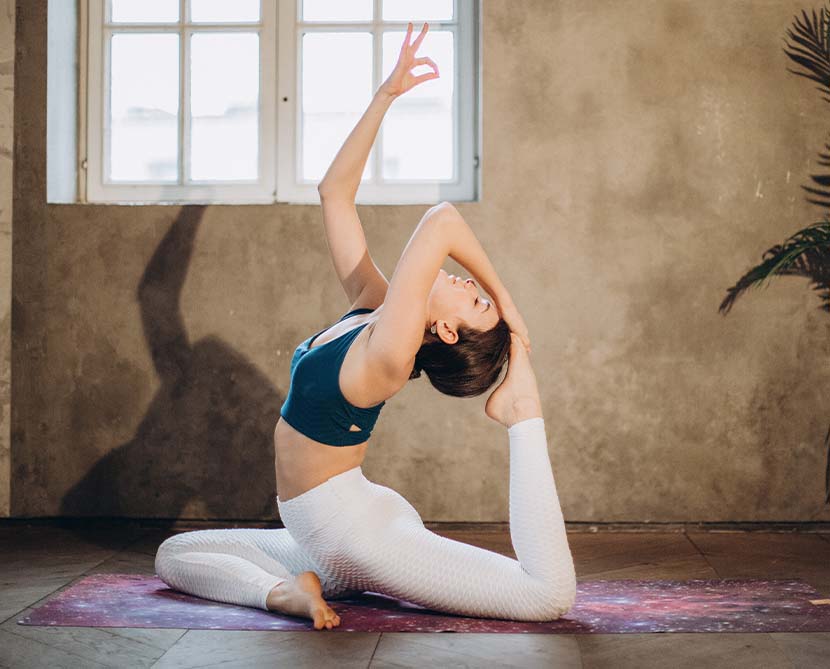
Turbans and wearing white.
If you have ever walked into a Kundalini class, you have noticed white scarves and turbans tied around students’ heads.
There are a few reasons why Yogi Bhajan, the man that introduced Kundalini to the west, emphasized the importance of head coverings during practice and wearing white.
First, the covering is perceived as a means to focus and contain your energy and clarify your thoughts, creating a meditative focus at your third eye or Ajna Chakra.
Secondly, a tightly tied turban stabilizes the many tiny bones in the skull, which affect our neurological system and electromagnetic field. Kundalini yoga supporters claim that light pressure on the skull provides a sense of calm and well-being.
Besides, rituals like covering your head and sitting facing an altar or sacred space may help set the stage for a more profound practice by signaling a transition from the physical to the spiritual world.
The white color can extend your aura longer, providing more protection from harmful energy. It projects your positive energy to inspire others and attract prosperity into your life.
Sources:
- Kundaliniyoga
- The awakening of Kundalini
- How to do Breath of Fire
- Kundalini yoga poses
- Kundalini white turbans
Marianna has been practicing Yoga for more than eight years, and in 2020
she completed the 200h Yoga Teacher Training in Vinyasa at YogaMoves in Utrecht.
She is passionate about sharing Yoga with others, living more sustainably,
and traveling. Here is her INSTAGRAM page.



